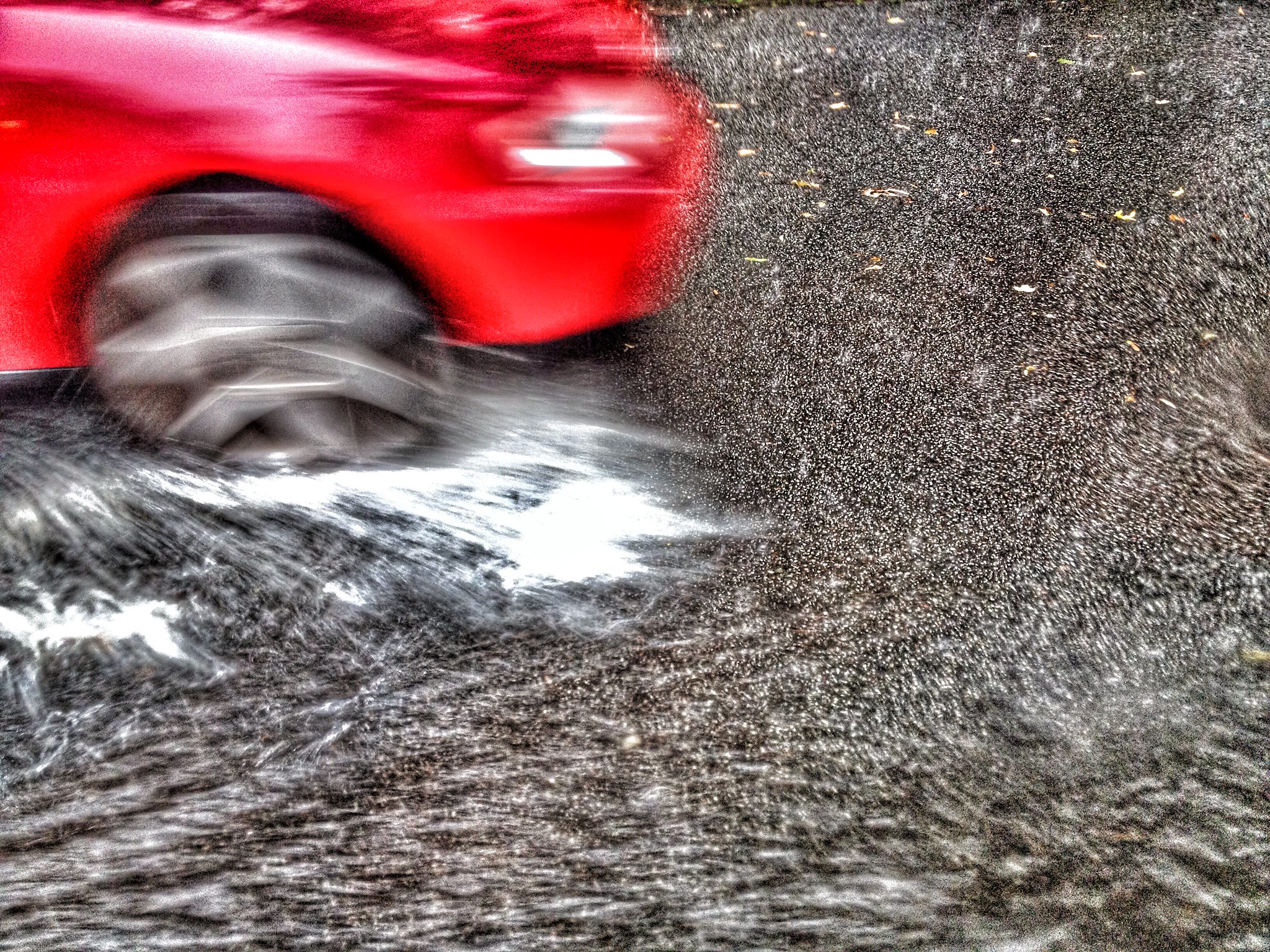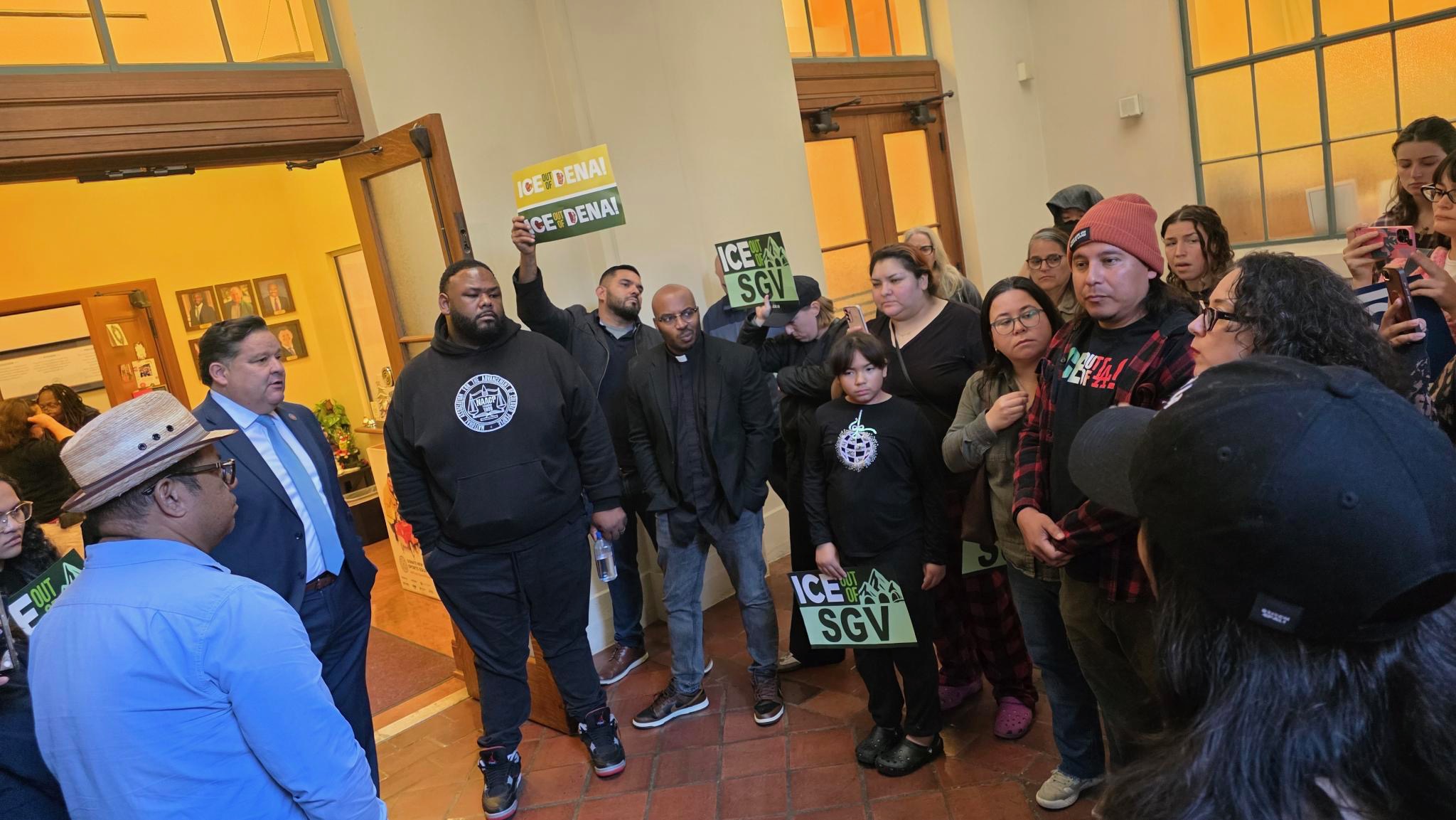[dropcap size=big]I[/dropcap]t rained again in Los Angeles today. On Sunday (May 19) there will be more. Although we’re in the middle of May, chances are it might rain again before Spring is officially over, after we had the wettest winter in decades in 2018-2019. If you despise May Gray and June Gloom as much as I do, expect your mood to be slightly sour until summer really hits sometime in July.
With climate change and the looming global environmental apocalypse, our weather in California will become more stark: long, cold, relatively rainier winters and springs, followed by a pendulum swing of long, hot, dry summers and autumns. And more wildfires. More storms and more smoke.
Rain, in this scenario, should no longer be considered an anomaly against the breeziness of L.A. living, but a permanent part of life. Every “It never rains in L.A.” cliché is officially retired. Besides dampening moods, rainfall also increases traffic collisions, according to CHP figures, and can be deadly for pedestrians and people in other cars. So ... how do you drive in it safely?
This is a serious question, and we posed it to Officer Kevin Tao of the California Highway Patrol. Reached at the agency’s Glendale station, Tao offered some reminders to L.A. drivers about the rules of driving in the rain, and how to avoid collisions or worse in inclement weather.
This is your L.A. Taco Guide, duh, to driving in the rain in Los Angeles.
1. Be Prepared
Rain is still news, so check the weather before going to bed and make sure it’s not raining the next morning. If it is, wake up earlier (sorry) or do whatever necessary to add fifteen to thirty minutes to your commute time, Officer Tao said: “Just plan ahead, you know it’s raining. Give yourself a little extra time.” You’ll need it. Extending your commute time will help prevent you from making rash decisions in rush-hour traffic. In the rain, drive chill.
2. Check Your Vehicle
A rainy day is a good opportunity to make sure everything is in tip-top shape for driving safety. Make sure your windshield wipers are in functioning condition, not loose or damaged. Check your tires, put air in them. (Paisa tip: gas stations always give you free air or water, even if you’re not buying gas, just ask the attendant to turn it on.) Make sure the tread on your tires isn’t wearing down too far, and if it is, go get them replaced!
3. Do the Opposite of Tailgating
The basic rule of actually driving in the rain is to keep a distance of about three vehicles between you and the car in front of you in moving traffic. In L.A.’s clogged streets this can sound like a hopeless ideal, but apply it whenever you can, like long blocks and boulevards. You never know when a car might screech to an emergency halt in front of you, or if winds are heavy, a hazard such as a fallen tree or power line could suddenly pose a risk. Do not tailgate in the rain, Tao said. Do the opposite of tailgating. “We recommend three to five cars apart,” the officer said.
4. Drive Slow
It’s really basic but worth reminding that you literally just have to drive a little slower in the rain, duh. On rainy days, I like to turn on KUSC for the calming nature of classical music, or KXLU to give me that grungy college underground flavor as background music to my slower-than-usual journey to this or that. “Slow your vehicle down,” Tao said. Five to ten miles below the posted speed limit is a good rule if you need one.
5. Do Not Brake If You Hydroplane
The worst thing to do if you suddenly find yourself coasting at high speeds on a sheet of water without full control of your vehicle is to slam on the brakes, Officer Tao said. Then you will really lose control, and you could get in a serious accident and get seriously hurt. “If you do feel you are hydroplaning, don’t panic, don’t set on the brakes,” Tao said. “Simply ease off the gas pedal, catch your traction first.” Another important tip is to stay away from the outside lanes on the freeways, that’s the 1 and usually 4 lanes, or the fast lane and slow lane. “Those places commonly get standing water, if you get that water, you’ll hydroplane.”
6. Turn on Headlights and Windshield Wipers
Another major duh but a good reminder. Headlights help other drivers see you. They are also helpful even on rainless cloudy days since most mainstream consumer vehicles are sold in the drabbest available shades on the color wheel and can sort of disappear in grayness. “Anytime that you use your windshield wiper you have to remember to turn on your headlights, not just your daytime running lights,” Tao said. “That is the law, make sure you add that.”
7. Don’t Drive Over Running or Standing Water
Don’t do it. Don’t do it. Don’t do it. No matter how late you might be, how important your arrival is, how urgent the destination. Driving into water that looks anything deeper than a slight puddle dramatically increases your chances of winding up in one of those rescue clips on the evening news. It's just common sense. “Most importantly," Tao added, "don’t drive distracted.”
RELATED: Homeless Encampments Face Cleanup Crews, Rain, and Loss of Property







